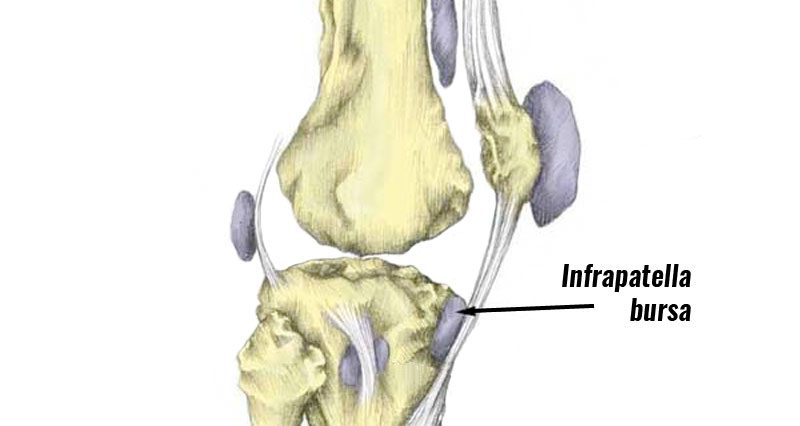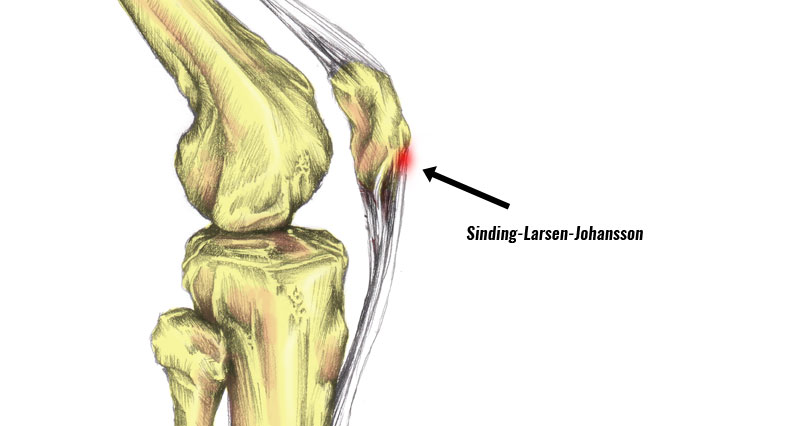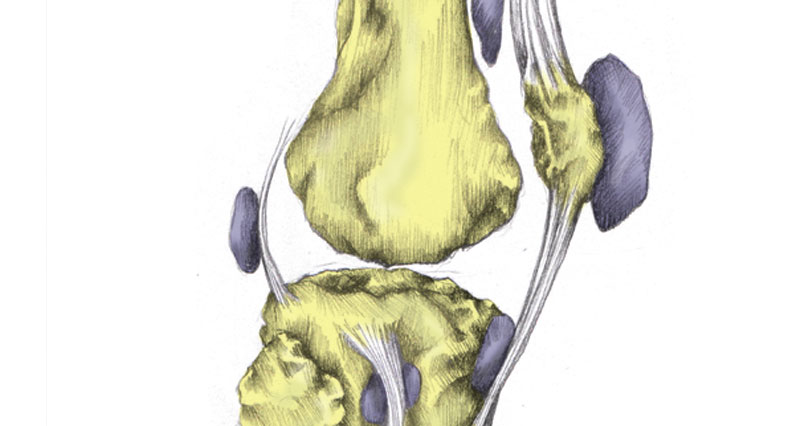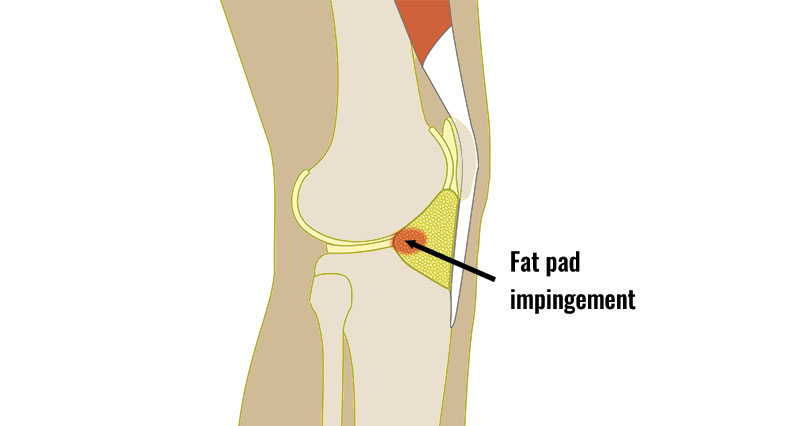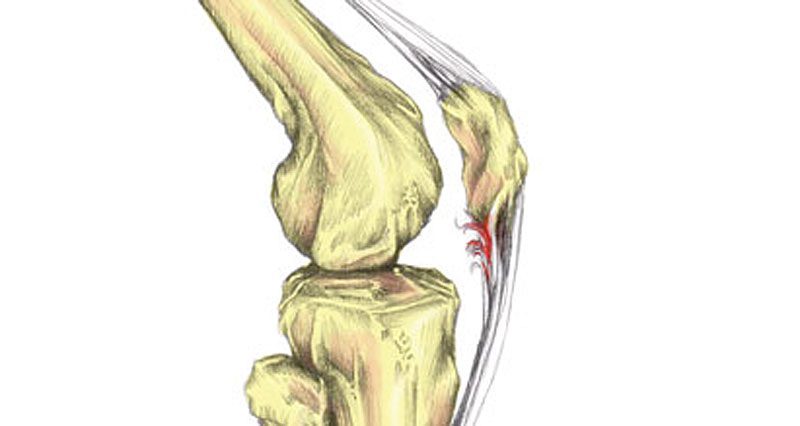Infrapatellar bursitis is inflammation of the Infrapatellar bursa at the front of the knee. A bursa is a small sack of fluid, used to aid movement in joints. Here we explain the symptoms, causes, and treatment.
Medically reviewed by Dr. Chaminda Goonetilleke, 31st Dec. 2021
Infrapatellar bursitis symptoms
Infrapatellar bursitis symptoms consist of:
- Pain at the front of the knee, just below the kneecap
- Local swelling
Symptoms are similar to that of jumper’s knee (patellar tendinopathy).
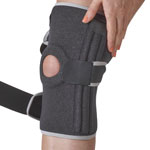
Buy Knee Braces
What is infra-patellar bursitis?
Infrapatellar bursitis is also known as clergyman’s knee. Specifically, it is inflammation of the infrapatellar bursa.
Anatomy
A bursa is a small sac of fluid whose function is to lubricate the movement between tendons and bone.
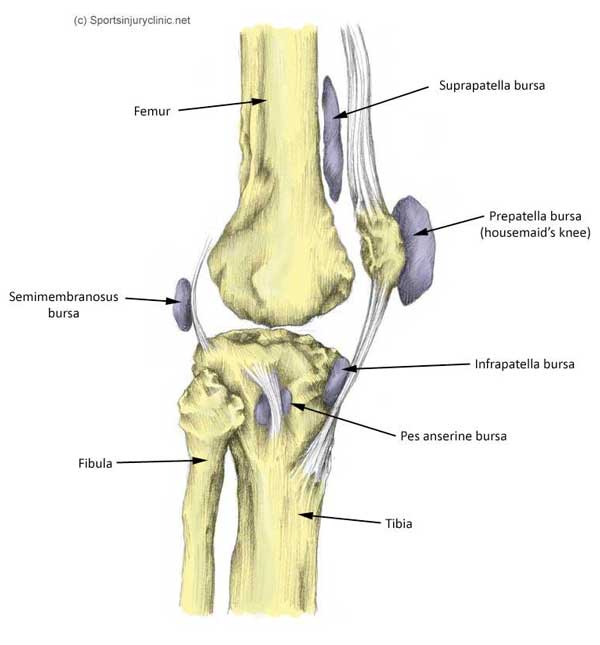
The infrapatellar bursa lies deep between the patellar tendon and the upper front surface of the tibia or shin bone. Its function is to aid movement by lubricating the tendon as it moves over the bone.
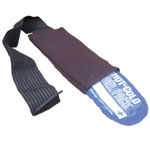
Cold Therapy Wraps
What causes Infrapatella bursitis?
Friction between the skin and the bursa causes Infrapatellar bursitis. Overuse is the primary cause. It sometimes occurs in conjunction with Jumper’s knee.
Treatment of infrapatellar bursitis
Rest
Rest is important to allow the inflamed bursa to settle down. This means either modifying activities for a while, or complete rest for a few days. Avoid kneeling because this increases direct pressure on your knee and is most likely to aggravate the symptoms.

Technical Running Socks
Cold therapy
Apply cold therapy and compression to help to reduce the pain and swelling. Do not apply ice directly to the skin. Wrap in a wet tea towel, or use a commercially available hot & cold wrap.
Medication
A doctor may prescribe anti-inflammatory medication such as Ibuprofen but don’t take if you have asthma.
Aspiration
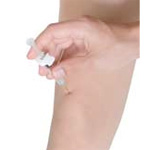
If conservative treatment fails then a doctor may aspirate the bursa. This involves draining fluid from the bursa with a needle and syringe.
Injections
Often corticosteroid injection into the bursa is an option.
Surgery
Surgery to remove the bursa is a last resort.
